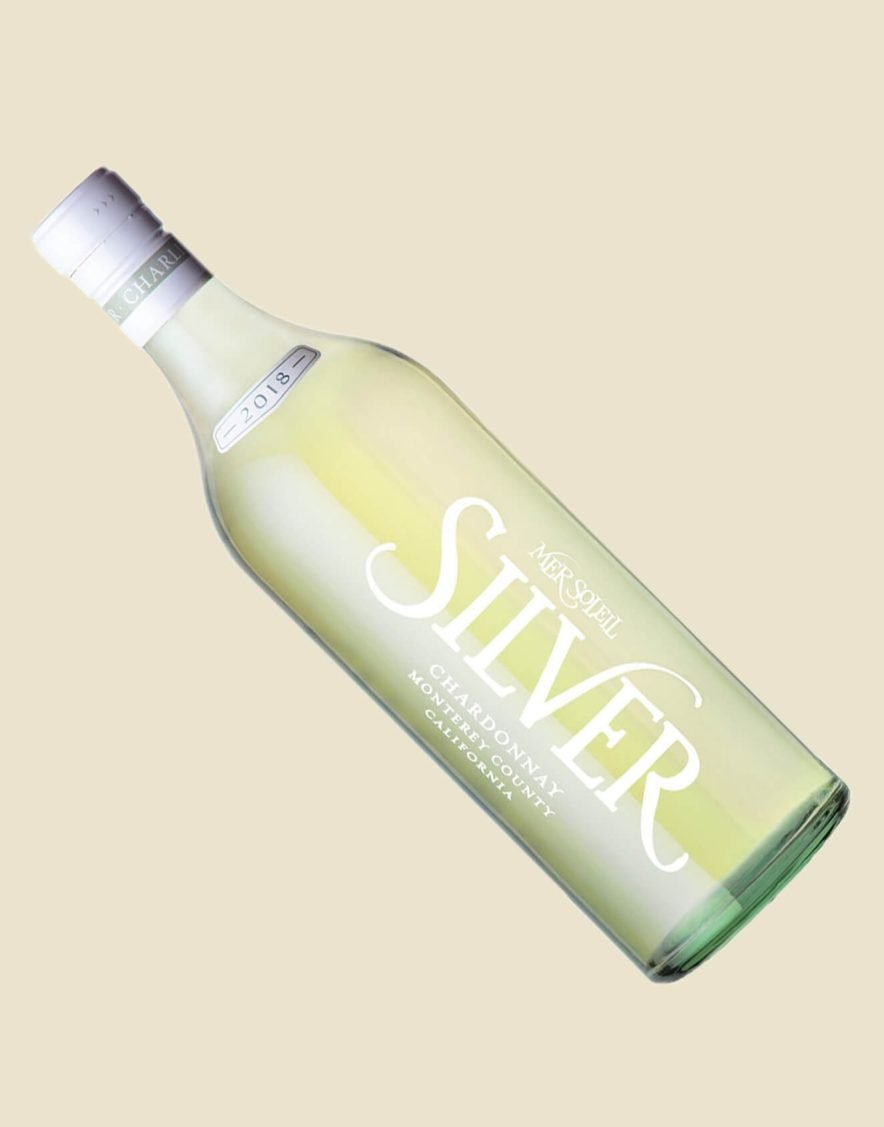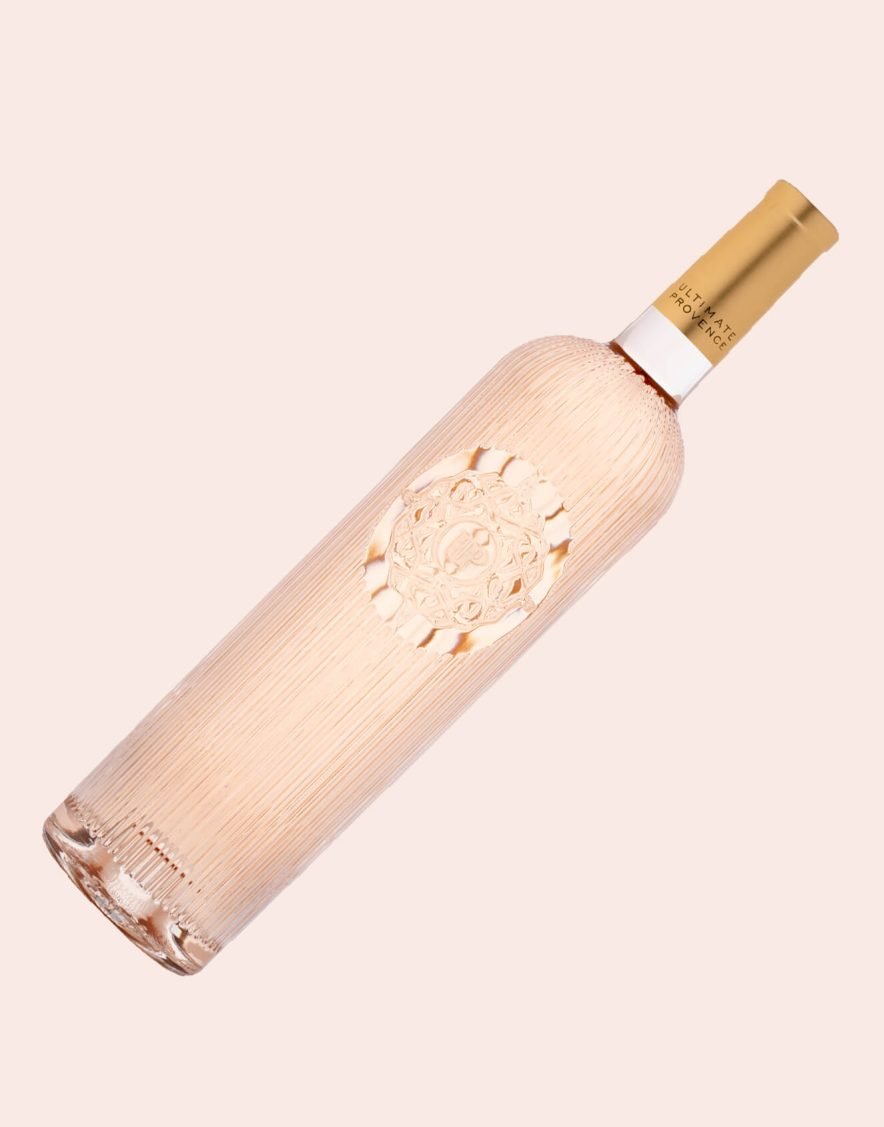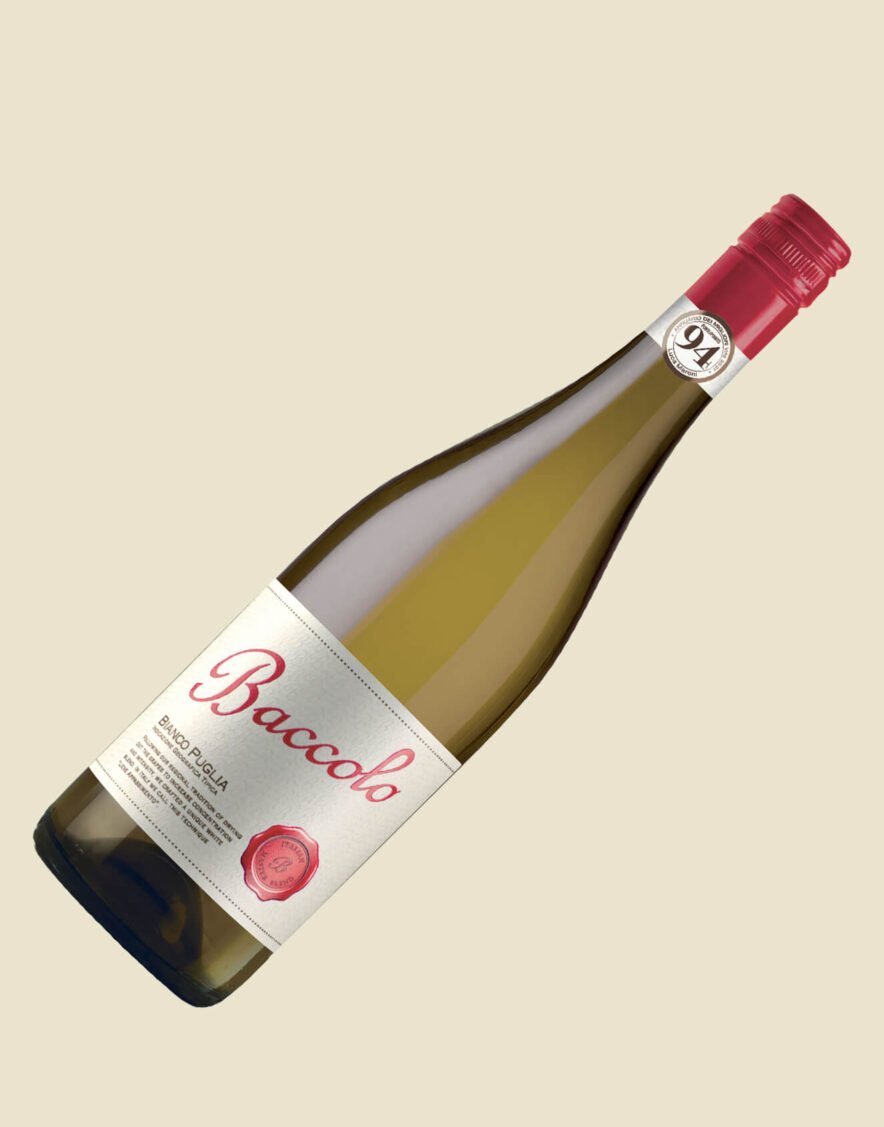Château de Berne Grande Cuveé Rosé
$1,095.00
The Grande Cuvée is an uncompromising cuvée, born from the desire to savour the oldest varieties of Grenache Noir grapes, on the Plateau plot in Bern, around the old oak tree. The Grenache Noir / limestone terroir pairing works wonderfully, and the vinification is all about letting the intensity, freshness and above all the almost chalky vein on the palate, so characteristic of the wines of the place, express themselves. The harvest is decided when the balance between fruitiness and acidity is found, it is carried out at night and the grapes are quickly transported to the winery. Maceration takes place in a closed press for a few hours, to favour the exchanges between must and skins, without too much fear of a little colour spreading, which does not harm the quality. Stabilisation on lees for two weeks, with daily stirring, favours the release of aromatic precursors from the grape, while providing incomparable richness in the mouth. Fermentation takes place partly in vats and partly in oak and acacia barrels, with ageing on fine lees for 5 months. The result is obtained by the final blend of vat wines and wood wines, without the woody notes ever weighing down the bouquet or the palate. On the contrary, this original ageing provides discreet tannins that underline the structure of the Grenache on the palate, while ensuring good ageing potential.
Product Code: FCB51R01
- PRODUCING COUNTRY:
- France
- REGION:
- Côtes de Provence
- VARIETALS:
- Grenache Noir, Cinsault, Syrah and Carignan
- AGING:
- 5 Months on Lees
- HARMONIZING:
- A delightful combination accompanied by grilled red mullet, octopus salad, Niçoise-style vegetable tian, spiny artichokes with basil and penne with grated bottarga and olive oil
- SERVING TEMPERATURE:
- Between 10 to 12 ºC
- CONTENT
- 750 Ml
The specific characteristics of its terroir give its wines an aromatic complexity recognised by the greatest. Thanks to the estate's cool nights and its limestone soils, its vines produce wines of great aromatic freshness and remarkable finesse.
The estate is protected by 360 hectares of forest. The cool nights of the Haut-Var ensure slow and optimal ripening of the grapes. Although the rosés ripen later, they are well-structured and full-bodied wines that are particularly well suited to contemporary food and wine pairing.
Known for its rosé wines, Provence is much less known for the diversity of its terroirs. In the Côtes de Provence appellation alone, there are no less than six main zones that stand out from east to west.
The terroir of Château de Berne is located in the Haut-Pays region, made up of limestone hills and valleys. This is the inland Provence, unknown and secret, offering structured red wines and delicate white and rosé wines.
Since February 2021, the estate's 150 hectares of vineyards have been certified organically grown. This is part of Château de Berne's commitment to protecting a particularly generous natural environment, as well as the people who work there.
Château de Berne has also held the High Environmental Value (HVE) Level 3 certification for several years, in response to the needs expressed during the Grenelle de l'Environnement summit on the economic, environmental and social aspects of a farm.
The wines are also made with respect for nature and man, to give full expression to this very specific terroir.
Two distinct entities in terms of geology and altitude characterise this terroir. The heart of its Provençal vineyard (80% of the vines) is situated on a limestone plateau at an altitude of 300 metres. This elevation brings with it cooler nights: the thermal amplitude allows the grapes to ripen more slowly, giving the wines greater freshness and aromatic finesse.
On this plateau, limestone dominates, ensuring good drainage of rainfall, allowing the vines to draw water from deep underground and giving the grapes their famous "minerality". On the palate, this translates into great subtlety, salinity and tension.
The remaining 20% of the vineyards are located around the castle, on light, sandy soils, which give richness to the wines.
This geological diversity, combined with the diversity of grape varieties planted, provides the essential variety of choice for blending the estate's different cuvées.


















